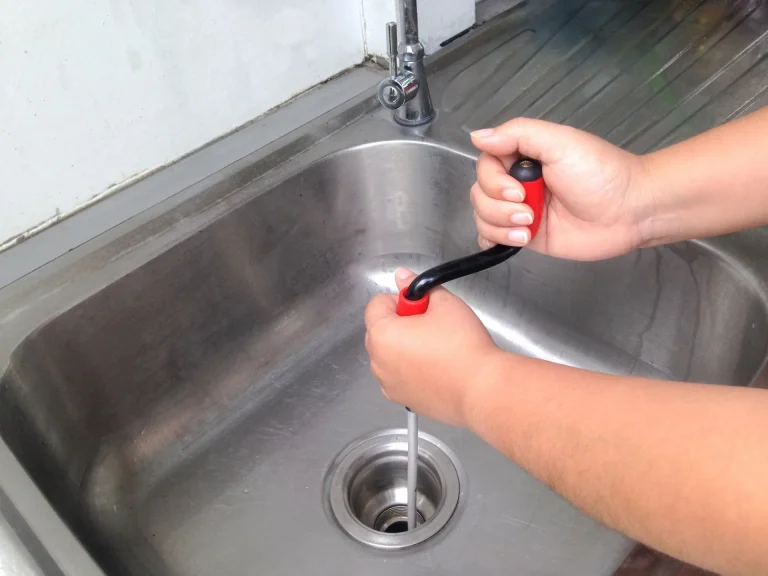Discovering a leak in your kitchen can be stressful, especially when water starts spreading across your floors and countertops. Acting quickly is essential to prevent damage and ensure safety. If you live in Plymouth, knowing the right steps for leak management can save your home from costly repairs. This guide provides clear, actionable steps to handle kitchen leaks efficiently.
1. Identify the Source of the Leak
The first step in addressing a kitchen leak is pinpointing its source. Common culprits include:
-
Faulty pipes under the sink
-
Leaking dishwasher connections
-
Cracked taps or faucets
-
Broken seals in water lines
Carefully inspect your kitchen to determine where the water is coming from. Early identification can prevent the problem from worsening and makes it easier to explain the situation to professionals if needed. For precise and professional assistance, consider Leak Detection Plymouth services to locate hidden or complex leaks.
2. Shut Off the Water Supply
Once the leak is identified, immediately shut off the water supply. Most kitchens have a dedicated shut-off valve under the sink, or you may need to turn off the main water supply for your home. Stopping the flow of water reduces the risk of water damage, protects your appliances, and allows you to assess the issue safely.
3. Contain the Water
Prevent further damage by containing the leak. Use buckets, towels, or rags to soak up the water. If the leak is significant, remove any items from the affected area to avoid damage to cabinets, flooring, and appliances. Acting quickly helps limit both structural damage and mold growth.
4. Assess and Document the Damage
Before attempting any repairs, take a careful look at the affected area. Document the damage with photos or notes for insurance purposes. This documentation can be essential if you need to file a claim or hire a professional for repairs.
5. Apply Temporary Fixes
Depending on the severity and source of the leak, temporary solutions may help manage the problem until professional help arrives:
-
Use plumber’s tape on small pipe cracks or loose connections.
-
Tighten any accessible fittings to reduce water flow.
-
For leaking taps, a temporary seal with waterproof tape can minimize dripping.
These measures are not permanent solutions but can control the situation until a professional can provide a full repair.
6. Call a Professional
Some leaks, especially hidden ones, require expert attention. Leak Detection Plymouth specialists use advanced tools to locate leaks behind walls or under floors, ensuring no water damage goes unnoticed. Hiring a professional ensures that repairs are thorough, safe, and long-lasting, protecting your home and plumbing system.
7. Prevent Future Leaks
After resolving the immediate issue, take steps to prevent future leaks:
-
Regularly inspect pipes and appliance connections.
-
Replace old or worn-out seals and hoses.
-
Schedule periodic professional inspections, especially for older plumbing systems.
Proactive maintenance is the key to avoiding emergency situations and costly repairs.
Conclusion
Kitchen leaks can be alarming, but prompt action can make all the difference. By identifying the source, shutting off water, containing damage, applying temporary fixes, and calling experts like Leak Detection Plymouth, you can protect your home and maintain peace of mind. Prevention and vigilance are your best allies in keeping your kitchen safe and leak-free.
